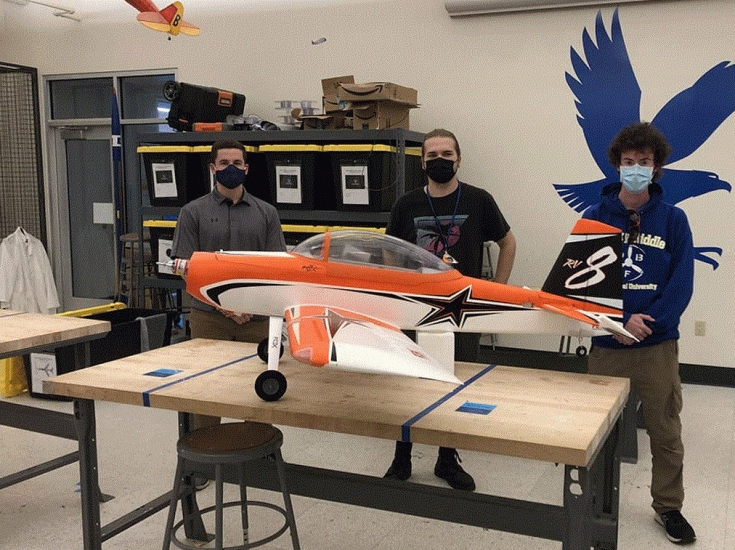Research currently being conducted at Embry-Riddle Aeronautical University’s College of Aviation could play a major role in expanding restrictions on small Unmanned Aircraft Systems (sUAS), or drones, being flown beyond the visual line of sight (BVLOS) of their operators — marking an important milestone that would pave the way for advancements like drone delivery and urban air mobility, according to a university press release.
“The proposed system would serve as a ‘backup’ to the primary flight computer, in the case of an in-flight loss of communications or control,” said Robert Moore, lead graduate researcher on the project and first-year student in the Unmanned and Autonomous Systems Engineering master’s programme.
Backed by funding from NASA’s University Student Research Challenge, the Assured Autonomy Research Initiative aims to improve the safety and reliability of sUAS by creating a redundant flight control system. If successful, Moore believes that the project could help push the Federal Aviation Administration (FAA) toward easing current regulations, which would allow for wider use of autonomous aircraft in the National Airspace System.
“A secondary goal of this project is the development of a low-cost, variable-speed propeller for sUAS integration,” Moore added. “The use of variable pitch propellers in larger aircraft has proven to be an effective tool for increasing endurance, range and efficiency.”
But first, to make the secondary safety system work, Moore and his team have to reverse-engineer software in the aircraft to send, rather than just receive, telemetry data, remote control directives and information from the aircraft’s various sensors.




